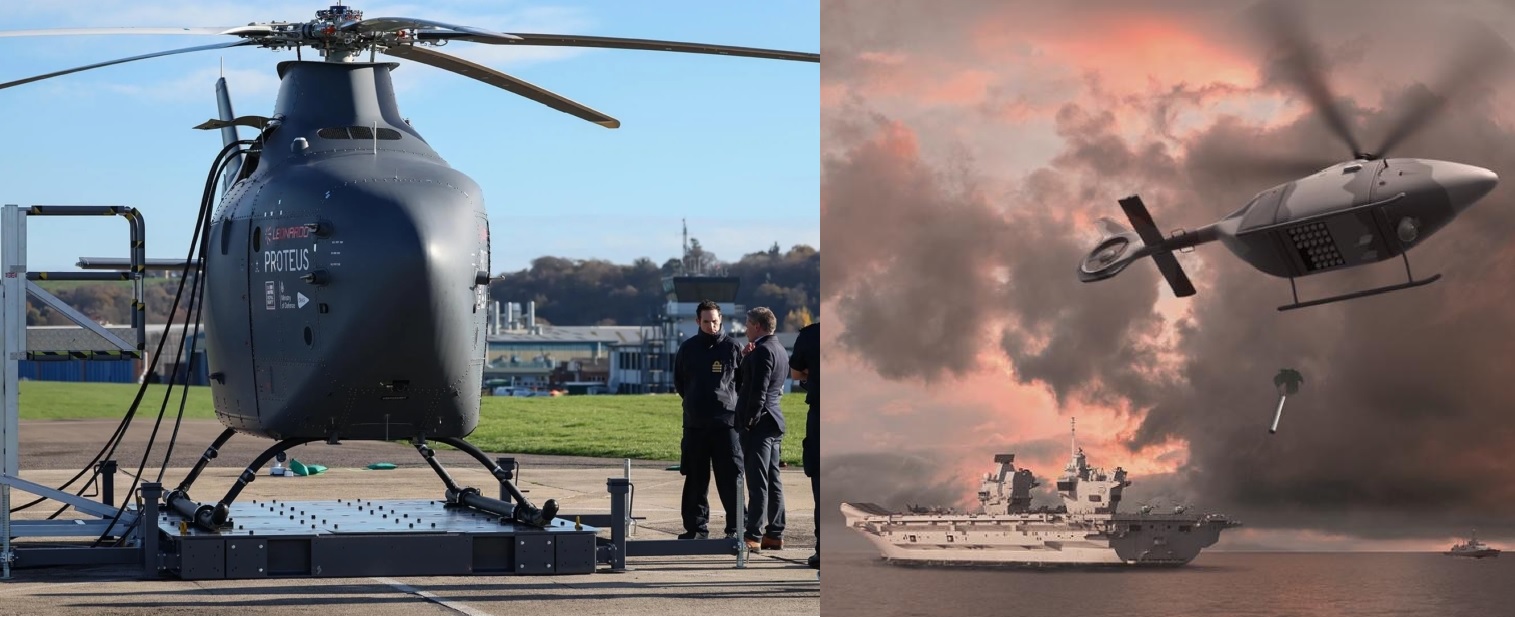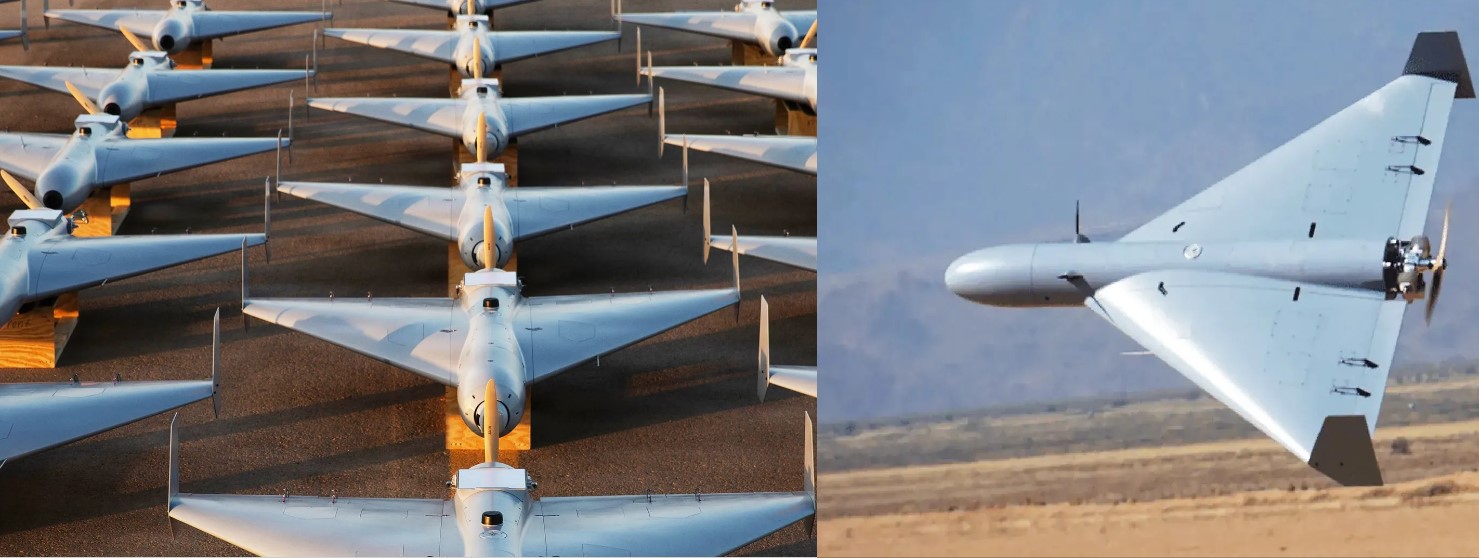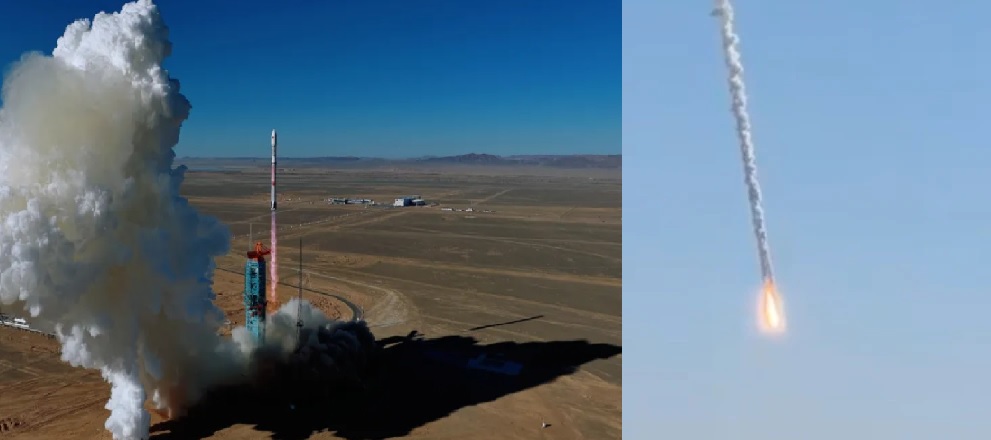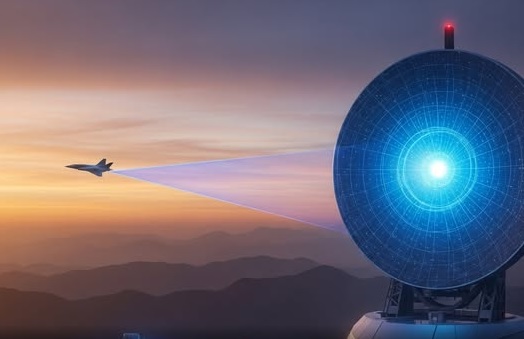Indian Army Issue RFI For Procurement of Air Defence Fire Control Radar-Drone Detector (ADFCR-DD)

In a move to enhance its air defence against modern aerial threats, the Indian Army has issued a Request for Information (RFI) for the procurement of an Air Defence Fire Control Radar - Drone Detector (ADFCR-DD). This upgraded radar system is being developed to address the rising threat of unmanned aerial vehicles (UAVs), along with conventional threats like fighter jets and attack helicopters.
The newly proposed ADFCR-DD is designed as a highly mobile and fully integrated air defence radar system, mounted on a single high-mobility vehicle, capable of being rapidly deployed in any terrain, including plains, deserts, coastal regions, and high-altitude zones up to 4,500 meters. Its purpose is to provide short-range and very short-range point defence, operating day and night, in all weather conditions.
At the heart of the system are several key subsystems:
-
An X-Band Active Array Antenna-based 3D Search Radar for broad airspace surveillance
-
A Ka-Band Tracking Radar to follow targets with precision
-
Electro-Optical (EO) Sensors for passive 2D tracking
-
A Laser Range Finder (LRF) for independent target range estimation
-
A Gun Control Unit to manage and guide firing operations
-
Power management systems for autonomous operation
What makes this radar particularly effective is its ability to simultaneously track and engage up to 16 aerial targets, including drones, and assign fire missions to at least two L-70 anti-aircraft guns at once. The system also supports networked data transmission, allowing real-time sharing of targeting information with other air defence platforms, significantly improving response time and coordination.
The ADFCR-DD is expected to have a minimum tracking range of 12 kilometres, and is built to resist electronic warfare (EW) attacks, including enemy jamming. Its capability to detect and respond to electronic countermeasures (ECM) makes it a valuable asset in today’s contested electromagnetic environments.
In terms of policy, this procurement falls under the “Buy (Indian – IDDM)” category, which mandates that at least 70% of the content must be indigenous. This aligns with the government’s Atmanirbhar Bharat (Self-Reliant India) initiative and is aimed at promoting local defence manufacturing.
The Indian Army's move comes after a noticeable increase in drone threats along the border, especially during recent security operations such as Operation Sindoor, where over 600 Pakistani drones were reportedly intercepted or neutralised. The ADFCR-DD is seen as a strategic response to such incursions, ensuring India's defensive lines remain robust and technologically superior.
Moreover, DRDO is simultaneously working on advanced variants of ADFCR, integrating Directed Energy Weapons (DEWs) and laser-based anti-drone systems. These future systems are intended to form part of a layered air defence network, pushing India’s capabilities even further against emerging threats.
By acquiring a modern, lightweight, multi-functional radar system with high indigenous content, the Indian Army is not just addressing today’s threats but preparing for tomorrow’s challenges as well. The ADFCR-DD will serve as a key enabler of India’s evolving air defence doctrine, especially in the era of drone warfare.
✍️ This article is written by the team of The Defense News.






